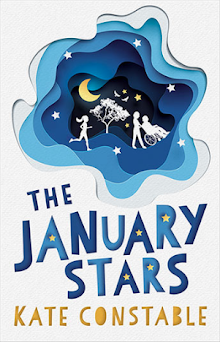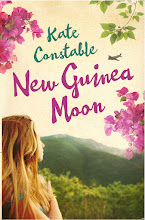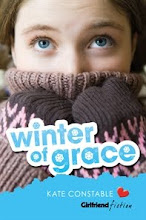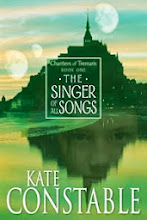I bought this book some time ago and it's languished at the bottom of my wardrobe until Penelope Lively's
Oleander, Jacaranda prompted me to dig it out.
Third Culture Kids describes children who have grown up in a country which is not the same as their 'home' culture -- the most common examples are probably children of military families, missionary kids, children of diplomats or international businesspeople. Sometimes they spend their childhoods in one country, sometimes they move around and have trouble putting down roots anywhere. Penelope Lively, growing up in Egypt where her father worked for a British bank, was a classic example, and I also put myself in this category, having spent most of my primary school years in PNG where my father had moved to work as a pilot.
It's interesting that when I discussed this with my mother, she was slightly sceptical, pointing out that we moved in almost exclusively Australian expat circles during our stay. Where was the culture clash? But I maintain that while she and Dad might not have experienced much of a cultural disconnect, there was definitely one for my sister and me. As Pollock and Van Reken discuss, young children are still figuring out the rules of their culture. In my case, there was one set of rules for expats and different rules for the 'locals' -- of course I was confused. And I definitely had trouble readjusting when we returned to Australia, mixing with kids who had lived in the same house in the same suburb all their lives, who had never visited a Highland village or seen warriors in traditional dress walking through the market, never used a light plane for everyday transport, never gone to a cinema where it was unquestioned that white people sat upstairs in comfortable seats while people with black skin sat downstairs on wooden benches.
But for my Australian classmates, I was weird because I hadn't seen TV for five years, didn't understand what clothes were in fashion, had never heard of swap cards or the Bay City Rollers or the Nutbush. For my parents, they had been away for a while and then returned home. For me, 'home' was less familiar than the country I'd left behind.
It's likely that since this book was first written in the 1990s, third culture kids have become more common, and Ruth Van Reken recognises that similar cultural uncertainty can be felt by 'cross cultural kids' like children of immigrants with a foot in both worlds, or being educated in a school of a different religion or culture. It might seem like a problem of privilege, and in many ways it is, and there are certainly advantages to growing up in a different country. I'm very grateful for my experience, but that period of adjustment was hard, and I'm relieved to know that I wasn't alone.
























